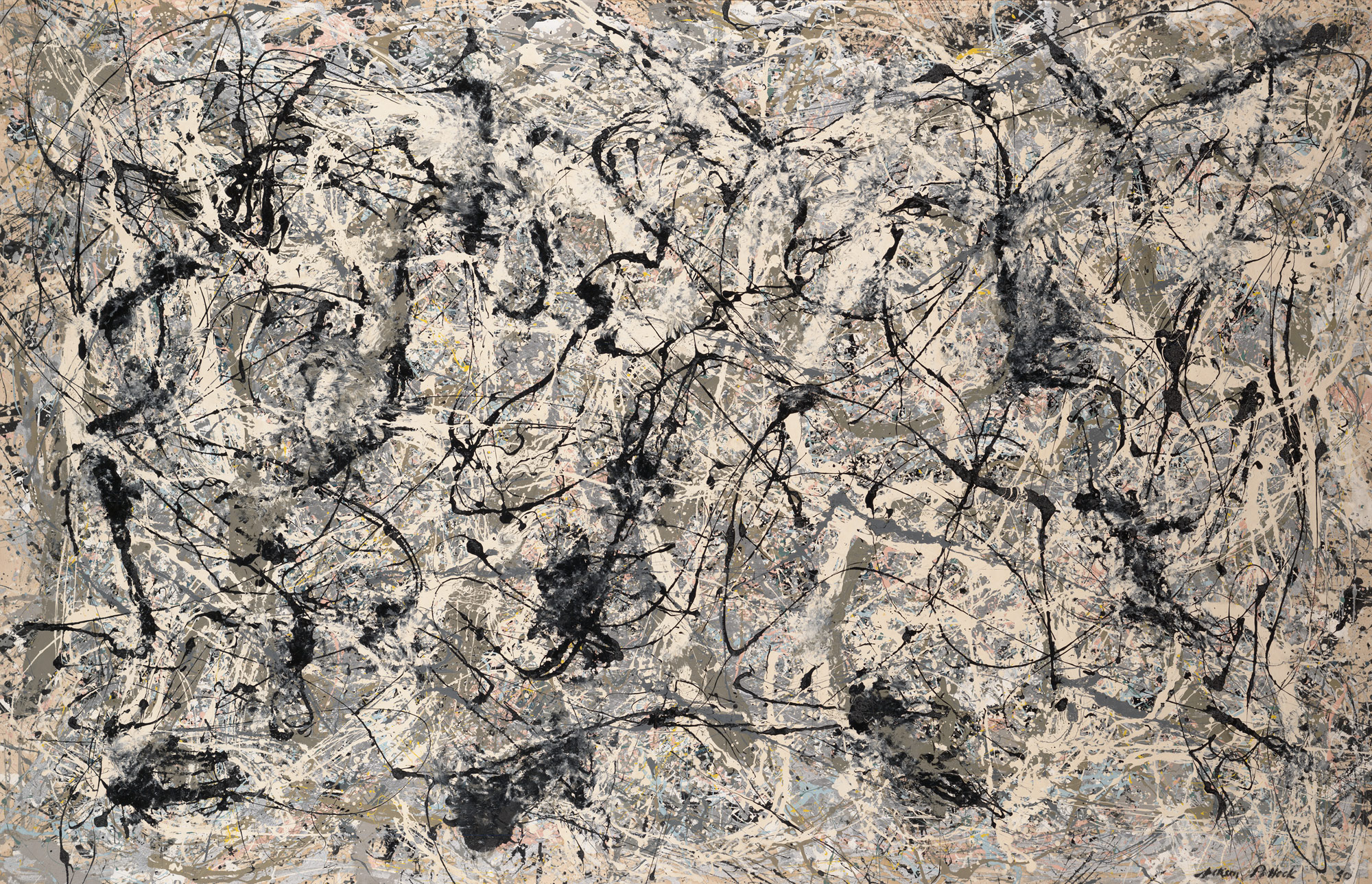
Mark making is actually a really foreign concept to me. The definition I found online did not help as it was really general:
“Mark making is a term used to describe the different lines, patterns, and textures we create in an artwork”
“Mark making can be loose and gestural, or structured and controlled”
– Definitions from http://painting.about.com/od/artglossarym/g/definition-mark-making.htm
It connotes that all the forms of traditional art making I had been doing so far was some form of mark making, which I had no idea I was doing all along.
We were asked to do some research on a few mark making artists and these are some of my findings:
ED MOSES
“I mark therefore I am”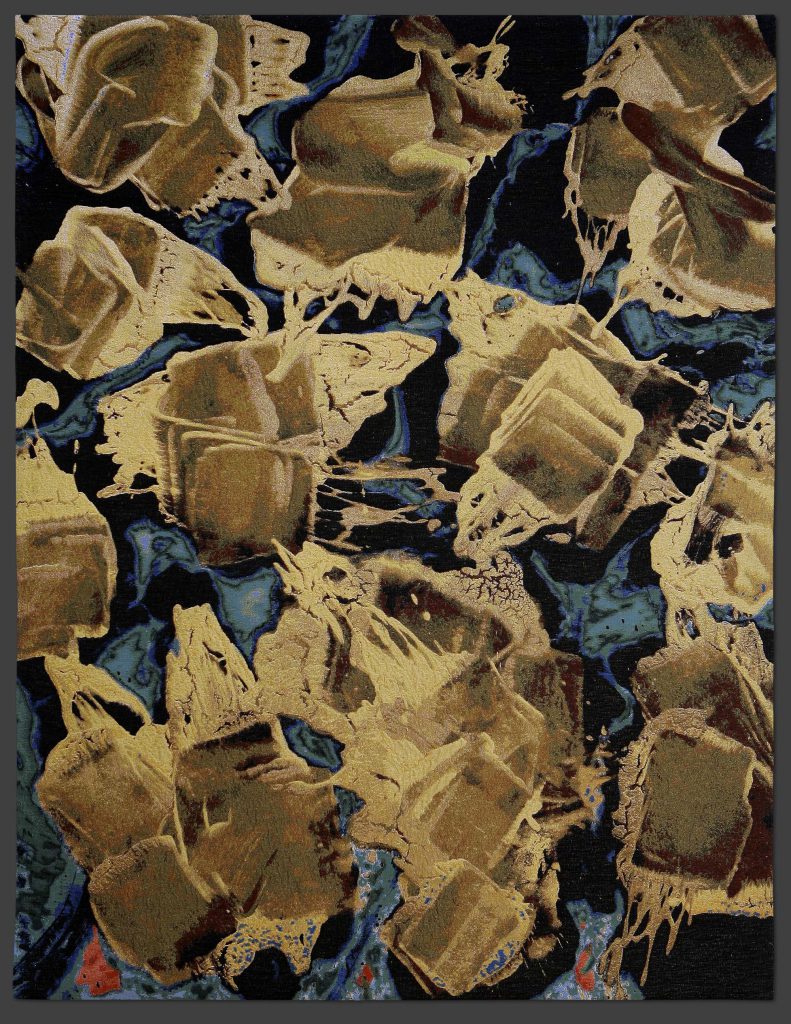 Photo: http://www.magnoliaeditions.com/artworks/crema-de-la/
Photo: http://www.magnoliaeditions.com/artworks/crema-de-la/
Obsessive manicured graphite scribbles creating a repeated rose pattern implied a fanatic compulsion that characterise his work. It adhered to a pattern and later to a grid.
His works are more about the process, and how the materials interact. He does not cover up imperfections. His work reflects his philosophy of continual evolution.
“I was the work to be in flux, because it is flux. My life is in flux.”
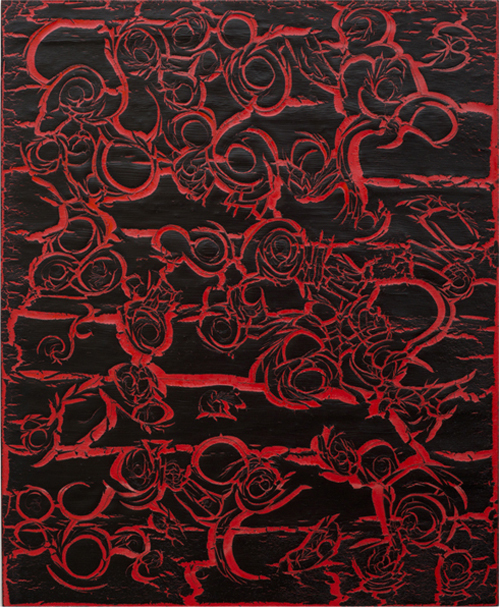
Photo: http://artweek.la/issue/december-3-2012/article/ed-moses-the-crackle-paintings
One recent series of his was the “Crackle Paintings” in which he lays black and white paint over canvas with secret material before slamming his fist and elbow into the surface of the surface, creating a flurry of splits and cracks. This is a technique he accidentally discovered when he fell into a canvas one day.
I am really inspired by his philosophy that change is the only constant, it is something I relate to. His experimental techniques produced beautiful designs, and gave me a bit more insight into what mark making is.
JACKSON POLLOCK
He was an American painter who uses surrealist automatism to express the workings of the mind, violent emotionalism, and individualism.
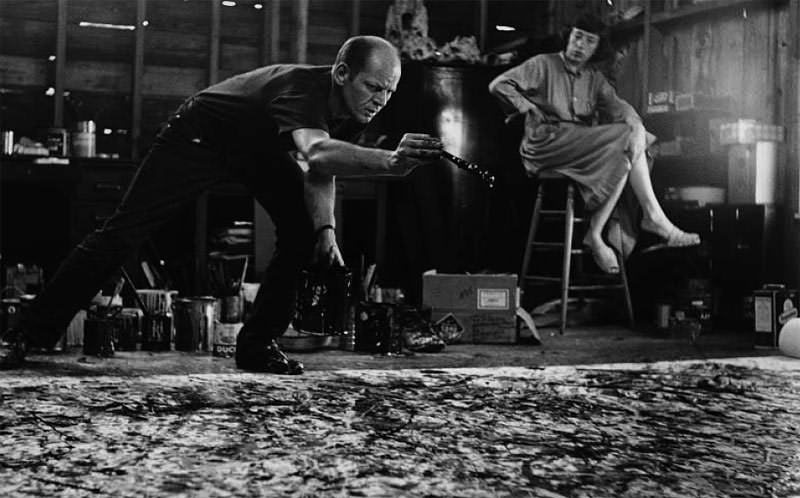
Photo: http://www.jackson-pollock.org/images/jackson-pollock-paint.jpg
The process of creation was arguably more important than the final product. Pollock seemed to perform some sort of ancient ritualistic dance as he prowled, crouched, and stalked across the large canvas stretched across the floor, with an unrelenting rhythmic monotone performed with a fidgety staccato choreography.
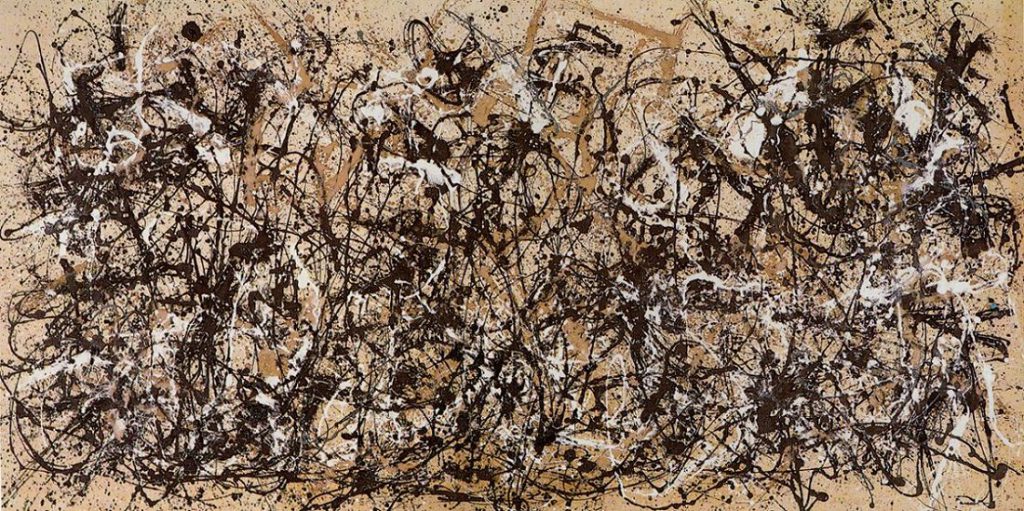
Photo: http://www.jackson-pollock.org/
Paint was flicked, spilled, dripped, splattered, manipulated, however, it was reveal by photographer Hans Namuth’s documentation of his process that each stroke was deliberate and not random paint splatters.
I learnt that abstract mark making is actually a rather careful process, and not may not be as easy as it looks, as well as how important documentation is.
ANDY WARHOL
Warhol was mainly a pop artist, but one aspect of his art I would like to focus on as part of mark making was his Oxidation Paintings.
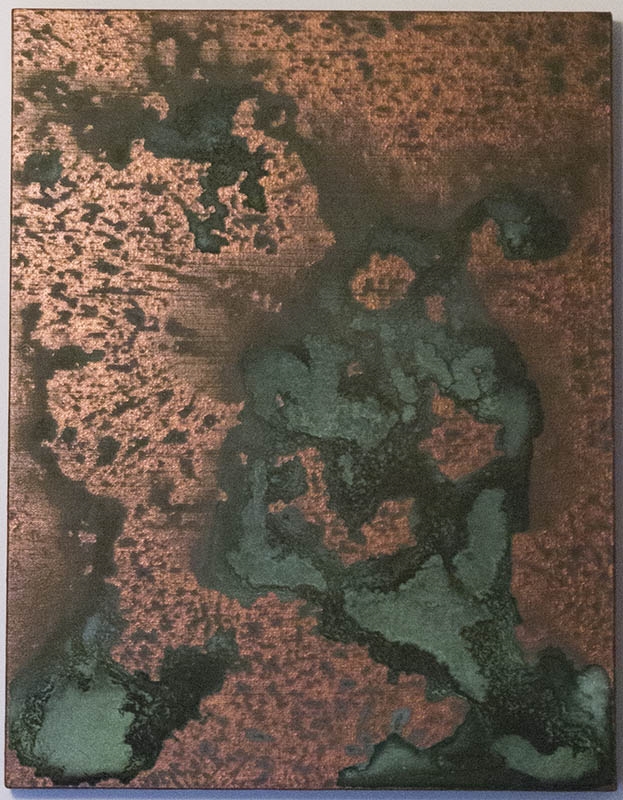
Photo: http://media.mutualart.com/Images/2013_08/14/10/100109048/30f9d51f-ea84-43b9-a497-5e209d7f1159.Jpeg
Warhol had his close friend urinate on copper based paint, as a form of mark making. There were homoerotic intentions behind this method. From Warhol’s mark making I observed that mark making really had no boundaries in terms of materials and ways of making the mark.
To conclude my above research, I think I have a better idea of what mark making is. Mark making was a deliberate creation of a visual effect on a surface, with little or no restrictions as to the medium used to create nor the surface. The process of creation was just as important as the final product, and thus, it is necessary to document the process.